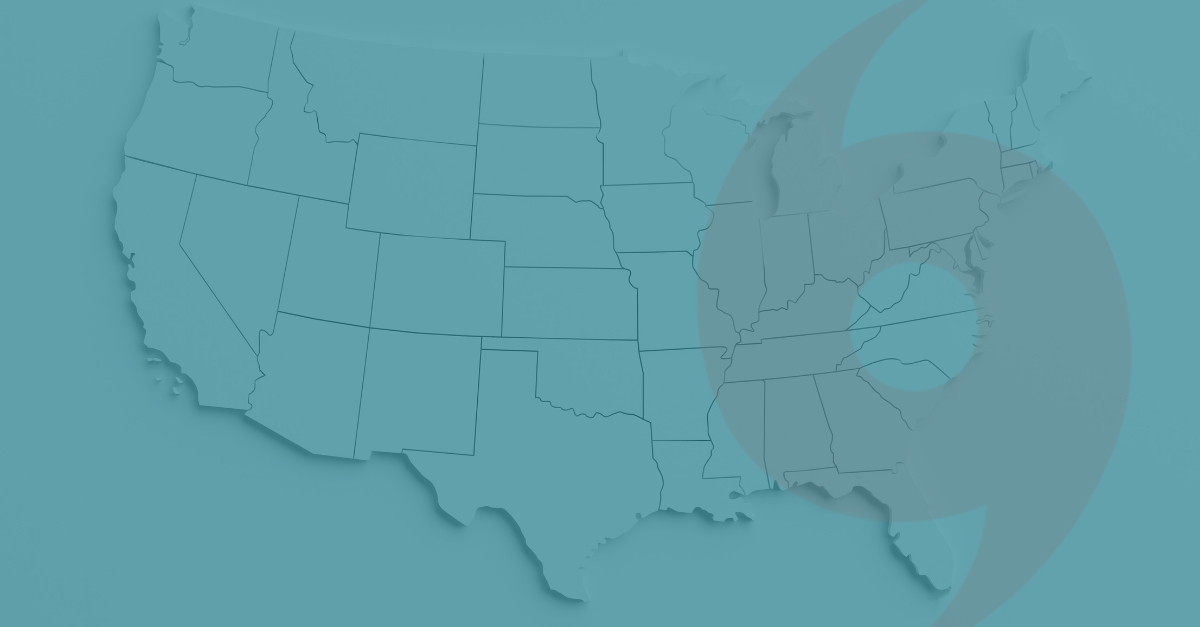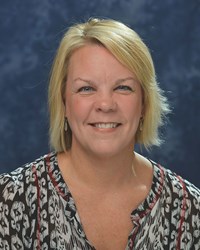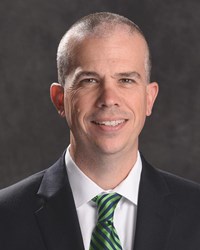Preparing for Hurricane Florence: 7 Things Hospitals Need to Do
The frequency of weather-related natural disasters coupled with the tragedy of multiple mass shootings in recent months are making hospital disaster preparedness more important than ever.

In addition to treating existing patients and preparing to receive sick and injured patients, hospitals often become a place of safe harbor and must accommodate sudden influxes of people―some of whom may not even be patients. Establishing order, keeping track of patients, and reporting patient numbers, status and location to authorities can be a monumental task, but advance planning and having the right operational systems in place will aid in maintaining organization in the mist of chaotic conditions.
Below is a list of planning recommendations, offered by TeleTracking patient flow experts Dr. Scott Newton, DNP, RN, MHA, EMT-P & Joy Avery, RN, MSN.
- Review your processes for obtaining the origin, status and medical history of patients admitted and transferred in the midst of an emergency or disaster setting. Make use of technologies available that will allow you to flag and track patients as they move to and from facilities. In times of disaster, patients may be evacuated or moved more than once, first to an area of refuge, then to a care setting, and perhaps again to a regional placement in cases of wide-spread disaster impact, such as a hurricane or flood.
- Work in advance with other health systems to determine how many patients can be handled safely and establish mutual aid agreements. Integrate those agreements within your hospital disaster plans. The task of distributing patients across receiving facilities requires constant communication and coordination, and your operations system should be designed to flag disaster patients and track their movement. Agreements for personnel, supplies, equipment, transportation and other necessary items should also be integrated into your plan.
- Identify a back-up location and/or virtual operation for your hospital command center prior to a disaster event.
- Create a system to effectively track special needs and mental health patients. This system should include any patients that require additional equipment, medication, and/or family members to accompany them, or who may need to be separated from other patient populations.
- Prepare for the possibility of having enough beds but not enough staff. Out of state responders and/or reallocation of staff may be required to address this issue.
- Plan for power outages and regulatory requests and print hard copies of key information in advance. Examples of key information to include:
- A bed map of all units showing available beds
- Pending and Confirmed patient discharge lists to determine if there are patients whose discharge(s) can be expedited
- Projected Census (by enterprise, facility, service line and unit)
- Blocked Bed Report (including blocked reasons) as there may be an opportunity to un-block those rooms
- Patient log of pending transfers coming from other facilities
- Appoint a Transfer Center clinician as an active, key member of your Health System Command Center Response Team. This increased presence and communication will help to provide real-time updates regarding patient flow activities during a disaster event.
TeleTracking clients are encouraged to call Technical Support at 1-877-570-6903 for assistance with general questions around how to adjust console configurations, portal view customizations, disaster attributes, etc.
For more tips, refer to a previous blog posted earlier this year - Process over Chaos with Flu Season in Full Swing.
More about this blog post
About the Experts
 Joy Avery, RN, MSN
Joy Avery, RN, MSN
Vice President, Clinical Strategy
Joy Avery began her nursing career in 1986 and has had the opportunity to deliver patient care in a wide range of roles over the years—from Director of Specialized Clinical Services responsible transfer centers, patient flow activities, bariatric services and nursing leadership programs, to Chief Flight Nurse and Trauma Program Manager.
As the Vice President of Clinical Strategy at TeleTracking, Joy uses her clinical expertise to facilitate rapid patient access solutions at health systems across the country. Having been involved in the implementation of 100 command centers, Joy can speak extensively about the power of a robust transfer/referral center and how when operations are centralized across an enterprise system, admission requests from other hospitals and local physicians can be coordinated.
 Scott Newton, DNP, RN, EMT-P
Scott Newton, DNP, RN, EMT-P
Director, Product Management
Dr. Scott Newton has more than 30 years of experience in healthcare—working as an EMT, a nurse, an educator and a patient flow command center leader—he is also a trusted adviser and thought leader.
Scott has deep knowledge of the healthcare system and understands that success is tied to high reliability, just-in-time responses, and responsible solutions—that it’s about getting it right the first time for patients and clinicians.
A graduate of the Doctor of Nursing Practice program at Johns Hopkins School of Nursing, Scott built a Command Center as an output of his doctoral project and believes that as healthcare continues to evolve, patient flow will play an even more prominent role across the care continuum.
We're glad you're enjoying our resources! Please tell us more about you to access our full library.
This will allow us to personalize your experience on TeleTracking.com. Of course, we will never sell your information and you can opt-out at any time. Need help now? Contact a Patient Flow expert.
Leaving the website
You're about to leave this website, to one of our affiliates or another information source.
